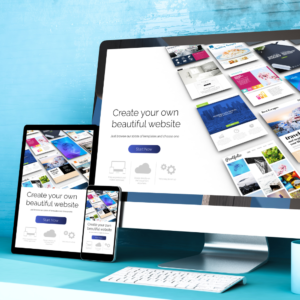At Tems Tech Solutions (TTS), we help you create a structured Project Timeline with Milestones for the development of your VR Plugin. This timeline ensures that all project phases are clearly defined, and key milestones are identified, helping your team stay on track, meet deadlines, and deliver the project successfully.
Key Milestones and Timeline Overview:
-
Week 1-2: Project Kickoff and Requirement Gathering
- Define project objectives, scope, and functionality of the VR plugin.
- Identify hardware and software requirements.
- Set up communication channels and assign team roles.
- Milestone: Project Plan and Requirements Document Completed
-
Week 3-4: Research and Prototyping
- Research existing VR technologies and platforms for LMS integration.
- Create wireframes and design prototypes for the VR user interface (UI) and user experience (UX).
- Milestone: Prototype Design and Technology Stack Finalized
-
Week 5-7: Environment Setup and Development Begins
- Set up the development environment and tools for VR plugin creation.
- Start developing core functionalities, such as VR content management and integration with the LMS (e.g., Moodle).
- Milestone: Development Environment Ready and Initial Codebase Setup
-
Week 8-10: VR Plugin Core Development
- Develop key VR features like immersive simulations, 3D environments, and learning scenarios.
- Ensure seamless integration with the LMS for tracking user progress, grades, and interaction data.
- Milestone: Core VR Features Developed and LMS Integration Established
-
Week 11-13: Testing Phase 1 – Unit and Integration Testing
- Conduct unit testing on individual components of the VR plugin.
- Perform integration testing with the LMS to ensure smooth data synchronization and user experience.
- Milestone: Successful Completion of Unit and Integration Testing
-
Week 14-15: User Interface Refinement
- Refine the user interface based on feedback from internal stakeholders.
- Ensure the VR experience is user-friendly, immersive, and meets educational objectives.
- Milestone: UI/UX Design Finalized
-
Week 16-18: Testing Phase 2 – User Acceptance Testing (UAT)
- Conduct UAT with a group of students and instructors to validate the plugin’s functionality in real-world conditions.
- Gather feedback for final improvements.
- Milestone: User Acceptance Testing Completed
-
Week 19: Final Optimizations and Performance Tuning
- Optimize performance, fix any bugs or issues, and ensure the VR plugin runs smoothly across different devices.
- Milestone: Performance Optimization Completed
-
Week 20: Project Deployment and Documentation
- Deploy the VR plugin to the production environment and ensure all LMS users can access it.
- Create detailed user manuals and technical documentation for future maintenance.
- Milestone: Plugin Deployment and Documentation Completed
-
Week 21: Post-Deployment Monitoring and Feedback
- Monitor the VR plugin for initial issues or user feedback.
- Implement quick fixes or adjustments based on real-world usage.
- Milestone: Post-Deployment Monitoring Completed
With Tems Tech Solutions, your VR plugin development is managed efficiently, ensuring timely delivery at each milestone. Our timeline keeps your team aligned with project goals, helping you achieve success from concept to deployment.






Reviews
There are no reviews yet.